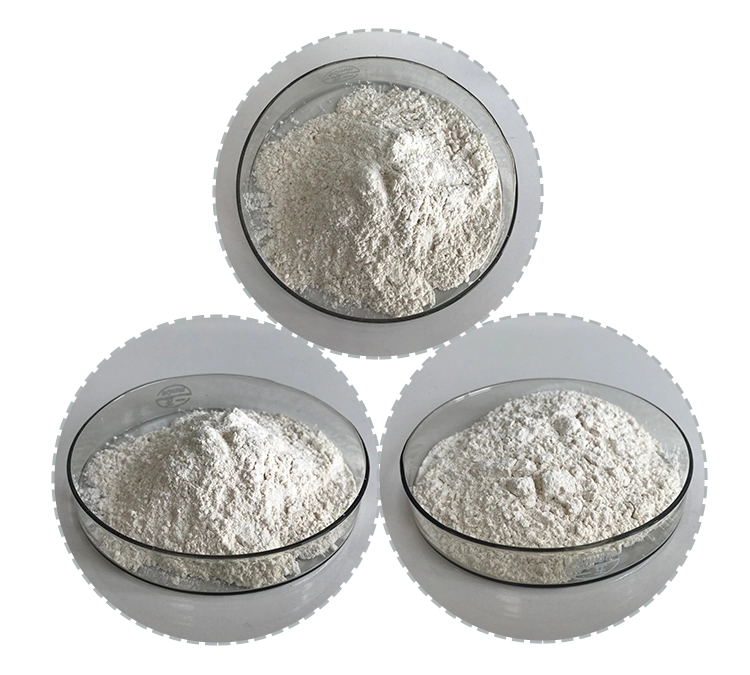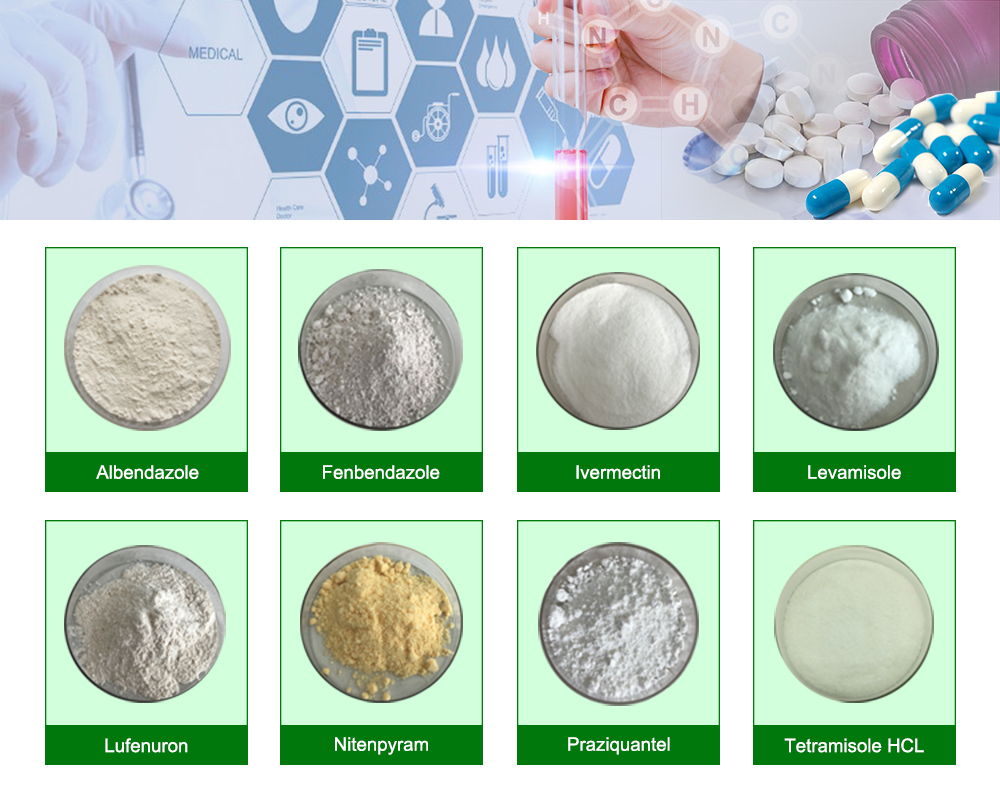Lufenuron is an insect growth regulator used as a pesticide to control flea and tick infestations in pets. It is not intended for human use. Here is information on the chemical structure and some physical properties of Lufenuron:
Chemical Structure:
Chemical Formula: C17H8Cl2F8N2O3
Molecular Weight: 511.15 g/mol
Structural Formula:
Physical Properties:
1.Appearance:
Lufenuron is typically a white to light beige powder.
2.Solubility:
Lufenuron is practically insoluble in water, meaning it does not dissolve easily in water.

3.Melting Point:
The melting point of Lufenuron is around 218-219°C.
4.Boiling Point:
Lufenuron does not have a well-defined boiling point as it tends to decompose before reaching a boiling point.
5.Density:
Lufenuron’s density is approximately 1.5 g/cm³.
6.Vapor Pressure:
Lufenuron is characterized by low vapor pressure.
7.Stability:
It is stable under normal conditions, but it can decompose at higher temperatures.
8.Flash Point:
Lufenuron is not considered to have a flash point as it is not flammable.
9.Persistence:
It exhibits persistence in the environment, contributing to its effectiveness as a pest control agent.
Always handle chemicals with care, and refer to specific safety data sheets or product labels for comprehensive information on handling, storage, and safety precautions. If you have any specific questions or need more detailed information, it’s recommended to consult reliable sources or contact relevant authorities.

Adverse effects of Lufenuron
Lufenuron is an insect growth regulator commonly used in veterinary medicine to control fleas in pets. While it is generally considered safe when used according to veterinary recommendations, there can be adverse effects in some cases. It’s important to note that the information provided here is based on general knowledge up to January 2022, and there may have been updates since then.
Potential adverse effects of Lufenuron in pets may include:
Gastrointestinal Distress: Some animals may experience gastrointestinal upset, including vomiting or diarrhea.
Allergic Reactions: In rare cases, pets may exhibit allergic reactions to Lufenuron, such as itching, redness, or swelling. If any signs of an allergic reaction occur, it’s important to seek veterinary attention promptly.
Neurological Effects: Though uncommon, there have been reports of neurological effects in animals exposed to high doses of Lufenuron. This may include lethargy or changes in behavior.
Injection Site Reactions: If Lufenuron is administered as an injection, there may be localized reactions at the injection site, such as swelling or irritation.
Liver Effects: Some studies suggest that Lufenuron may affect liver enzymes, although severe liver damage is not commonly reported.

It’s crucial to use Lufenuron under the guidance of a veterinarian, following proper dosage instructions and considering the specific needs and health status of the individual pet. If you suspect any adverse reactions, it’s important to contact a veterinarian promptly.
Always consult with a veterinary professional for advice tailored to your pet’s specific situation and health history.
